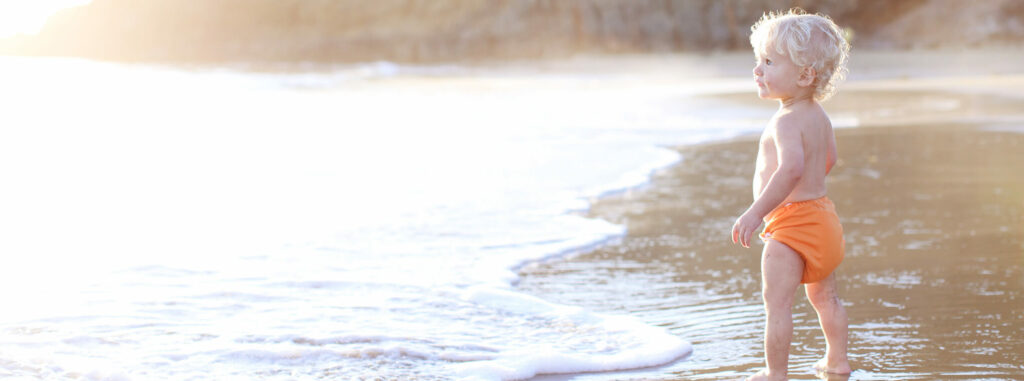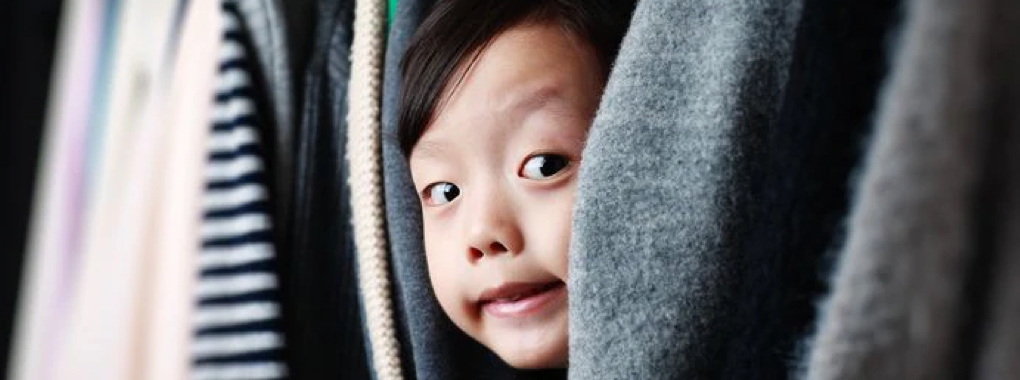How do you prepare a feed? What equipment do you need? How do you keep things sterile? If you’re thinking about bottle feeding your baby, you probably have lots of questions. This simple and straightforward guide to bottle feeding should answer them all.
1. Expressed breast milk
If you decide to start bottle feeding, expressed breast milk provides similar nutritional benefits to milk directly from the breast. Expressing breast milk means extracting it in advance, either by hand or with a breast pump, and feeding your child from a bottle. You might do this for a number of reasons, like when you need to spend time away from your child, or if you experience breast discomfort.Ideally, you should wait to introduce a bottle until you’ve well and truly established breastfeeding – usually after at least 6 weeks. Then, you may need to express during (or close to) the time you usually breastfeed so you can maintain your supply. It’s best to take it one feed at a time, introducing the bottle slowly but surely until you and your baby are on the same page.
Essential equipment
Before you start bottle feeding, you’ll need:
- 4–6 feeding bottles with caps (bottles come in a variety of sizes).
- 4–6 appropriate-sized teats.
You may also want to purchase the following:
- A bottle brush (for cleaning).
- A breast pump (to help you express).
- A sterile container (for collecting breast milk).
- Sterilising equipment.
- An insulated cooler bag.
- Muslin cloths and bibs.
Buying the right teats
Bottle teats control how slowly or quickly milk flows from the bottle. The ideal flow speed will vary depending on what your baby is used to, so it’s important to know which one is right for you. Generally speaking, it’s best to start with slow-flowing teats for newborns. Once they’re used to bottle feeding, switch to a medium flow. Then, when you’re confident your baby can suck at the right pace, use fast-flow teats.Remember to check the condition of your teats regularly and discard any with cracked collars. Naturally, hungry mouths mean that teats wear out over time and may need replacing – particularly if your baby has teeth and likes to bite down. Ask your pharmacist or healthcare professional for advice about the best teat options.
Sterilising bottles and equipment
It’s important to heat your bottles and equipment before you use them, to kill off any harmful bacteria.Before you start, use your bottle brush to thoroughly wash the bottles, rings and teats in hot soapy water (or in the dishwasher). Rinse well with hot water afterwards, and leave them to air dry.
Then, follow one of four easy sterilisation methods:
- Steam: Electric steamers sterilise bottles, leaving no unpleasant smell or taste. However, they aren’t suitable for all equipment, such as breast pumps. Make sure the openings of the bottles and teats face downwards when they’re being sterilised. You should also descale your steamer around once a month, using either a specialty descaling product or white vinegar. Please read sterilisers instructions before using.
- Microwave: You can now buy microwave-friendly bottles that can be heated for 90 seconds. Easy! You can also buy sterilisers that fit into your microwave, many of which are capable of holding multiple items at a time.
- Boiling:This is the good old-fashioned method. Simply submerge all your equipment in rapidly boiling water and let it bubble away for 5 minutes. Make sure you check that your equipment can actually be boiled before throwing it in – and, of course, always be careful. Be aware that teats tend to wear out faster if they’re boiled.
- Cold water: An approved sterilisation tablet takes around 30 minutes to do the job, but it’s highly effective. Add it to a specially designed sterilisation unit or container. Make sure the bottles and teats are fully submerged, and change the solution once every 24 hours.
After everything is sterilised
Once everything is sterilised, make sure you keep the bottle stored according to the manufacturer’s instructions. This usually involves one of the following methods:
- Filling bottles with cooled boiled water and storing them in the fridge.
- Leaving bottles in sterilising solution until they’re ready for use.
- Storing bottles on a bench with teats inverted, or covered with protective caps, until ready for use.
When you’re ready to use a bottle, wash your hands and make sure that all your equipment is adequately sterilised. Then you can start squeezing or pumping.
Storing for later use
Storing or freezing formula is not recommended. It’s safer to use immediately after it is prepared.
2. Introducing infant formula
If you are thinking of introducing formula to your baby, it’s important to speak to your healthcare professional first and put a plan in place to switch your baby onto a quality formula that best supports their nutritional needs.Be aware that switching to formula may make your breasts uncomfortable, as they may continue to fill with milk and become engorged. If this happens, you might want to express via hand or pump just to maintain your comfort during this period.Always check the label for the formula for correct preparation instructions.
Infant formula bottle feeds
Using information from above, follow these steps to feed your baby with formula:
Step 1:Wash hands before preparing the feed. Clean and then sterilise all utensils by boiling, for 5 minutes, or using an approved steriliser.
Step 2:Boil safe drinking water & allow to cool to feeding temperature. CONSULT FEEDING GUIDE on tin. Measure the required volume of water into a sterilised feeding bottle.
Step 3:Use only the enclosed scoop. Fill scoop lightly & level off using built-in leveller. Avoid compacting powder.
Step 4:Always add one level scoop of powder for each 50mL of water. Cap the bottle and shake briskly to dissolve the powder.
Step 5:Test temperature on wrist before feeding. Feed immediately (do not store). Always consult the feeding guide on the back of the pack.
Feeding your baby with formula is easy, but there are a few things you shouldn’t do.
These include:
- Don’t use a third-party scoop – always use the one provided in the pack.
- Don’t dilute or over-concentrate the formula – stick to the ratio on the label.
- Don’t heat the formula in the microwave.
- Don’t add anything else to the formula.
Whether you’re new to formula feeding or have plenty of experience, our Careline team is on hand to help answer any questions you have.
Important Notice: Breast-feeding is the best form of nutrition for babies and provides many benefits to babies and mothers. It is important that, in preparation for and during breast-feeding, you eat a healthy, balanced diet. Combined breast and bottle-feeding in the first weeks of life may reduce the supply of your own breast-milk, and reversing the decision not to breast-feed is difficult. Always consult your Healthcare Professional for advice about feeding your baby. If you use infant formula, you should follow manufacturer’s instructions for use carefully. The social and financial implications of using infant formula should be considered. Improper use of an infant formula or inappropriate foods or feeding methods may present a health hazard. If you use infant formula, you should follow the manufacturer’s instructions for use carefully – failure to follow the instructions may make your baby ill.
You might be interested in

Which modern cloth nappies are best for your baby?

5 fun games to play at home
